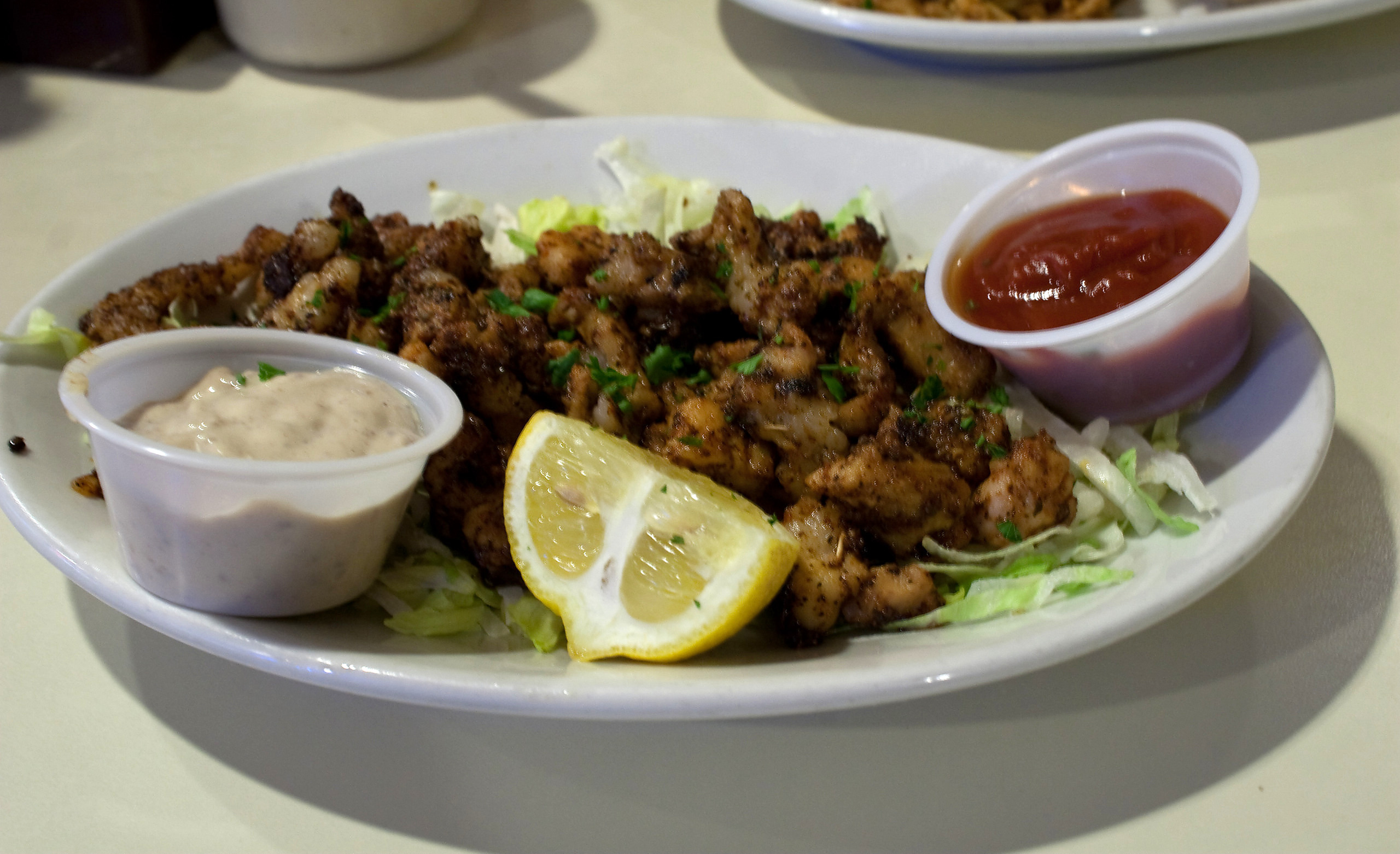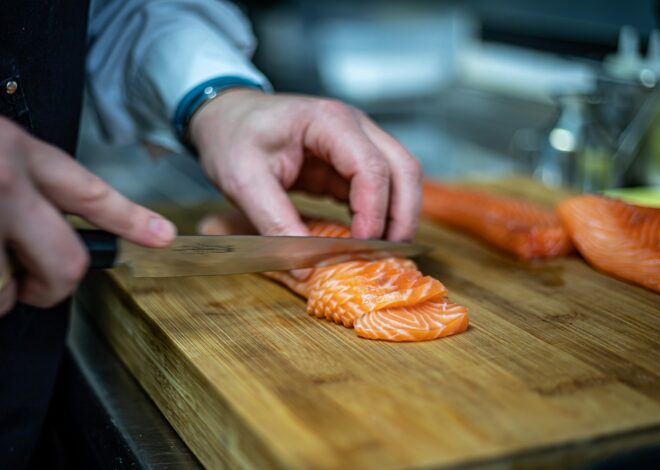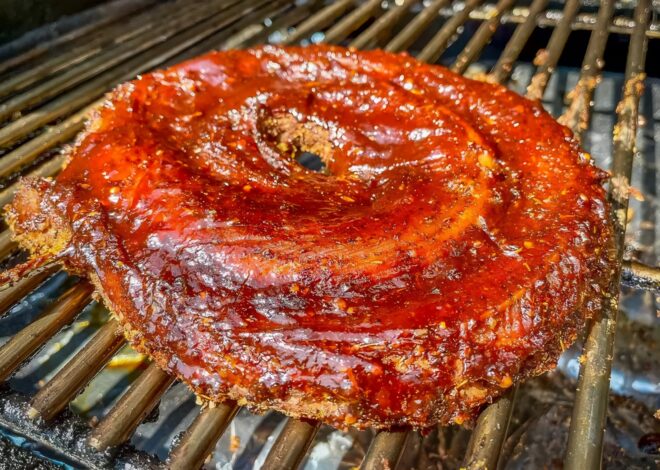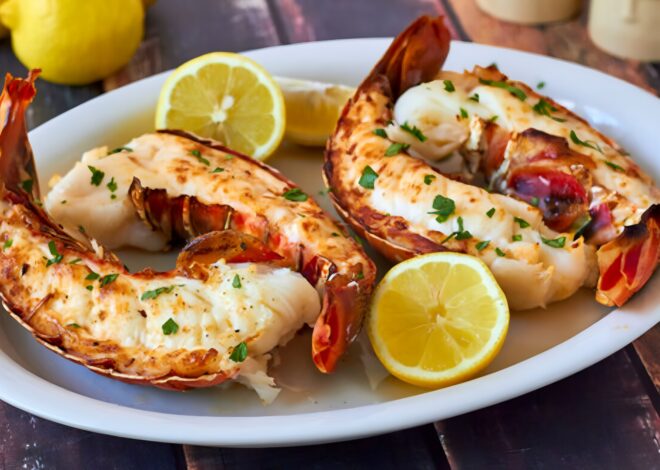
How To Cook Alligator Meat
Welcome to our guide on how to cook alligator meat. Are you ready to take your culinary adventures to a whole new level? If you’ve ever been curious about alligator meat, you’re in for a treat. This unique protein is not only delicious but also packed with flavor and nutrition.
Whether you’ve spotted it on a menu or heard tales of its savory goodness from friends, cooking alligator meat at home can be an exciting challenge. With the right guidance and techniques, you’ll learn how to transform this exotic ingredient into mouthwatering dishes that will impress everyone around your table.
Get ready to dive into the world of alligator meat—and discover just how simple and satisfying it can be!
Where to Buy Alligator Meat
If you’re on a quest to find alligator meat, you have several options. Specialty grocery stores and butcher shops often carry this exotic delicacy. It’s always best to call ahead to check availability. Online retailers are another great resource.
Many websites specialize in selling game meats, including alligator. They’ll ship straight to your door, ensuring the freshest quality. Local farmers’ markets can also be hotspots for unique proteins. Some vendors may offer seasonal selections of alligator meat sourced from nearby farms.
Don’t forget about restaurants that serve Cajun or Southern cuisine—they might sell raw products directly or point you toward local suppliers. With a little research, you’ll discover plenty of avenues for purchasing alligator meat!
Benefits of Eating Alligator Meat
Alligator meat is a lean source of protein, making it an excellent choice for health-conscious eaters. It contains less fat than chicken or beef, allowing you to enjoy flavorful dishes without the guilt. Rich in essential nutrients, alligator meat delivers important vitamins and minerals.
It’s packed with vitamin B12, which supports energy production and brain health. Additionally, it’s an excellent source of omega-3 fatty acids beneficial for heart health. Many people appreciate its unique flavor profile that resembles chicken but has a firmer texture like fish.
This versatility makes alligator suitable for various culinary creations—from grilling to frying. For those looking to diversify their diet, alligator offers an adventurous alternative to traditional meats. Its sustainability also appeals to environmentally aware consumers as many farms use responsible practices in raising these reptiles.
Preparing Alligator Meat:
Preparing alligator meat is an essential step in ensuring a delicious meal. Proper preparation sets the stage for an unforgettable culinary experience with this exotic protein source.
A. Cleaning
Cleaning alligator meat requires care and precision. Start by wearing gloves to maintain hygiene. Rinse the meat under cold water to remove any residual blood or slime.
Once rinsed, pat it dry with paper towels. This step is crucial as excess moisture can affect cooking later on.
If you have whole parts like legs or tails, use a sharp knife to trim away any unwanted fat and sinew. Pay attention to areas where the skin may still cling.
For fillets, ensure there are no small bones left behind; these can be unpleasant surprises in your dish.
Always clean your workspace thoroughly after handling alligator meat, including utensils and surfaces that came into contact with raw flesh. Proper cleaning not only ensures safety but also enhances the flavor of the final dish you’re preparing.
B. Cutting
Cutting alligator meat requires precision and care. Start by placing the cleaned meat on a sturdy cutting board. A sharp knife is essential for this task.
Begin with the tail section, which is often considered the most tender part. Slice it into medallions or strips, depending on your recipe. Aim for uniform pieces to ensure even cooking.
Move on to the legs next. The leg meat tends to be slightly tougher but flavorful. Cut away any sinew before chopping it into bite-sized chunks.
Don’t forget about the ribs! They can also provide delicious morsels when cut properly. Remove any excess fat as you go, keeping your cuts clean and manageable.
Remember, handling alligator meat carefully ensures that you maintain its unique texture and flavor while preparing for cooking methods ahead.
Cooking Techniques for Alligator Meat
Alligator meat is versatile and can be cooked in various ways. Grilling is a popular technique, imparting smoky flavors that enhance its natural taste. A hot grill ensures a nice sear while keeping the inside tender. Frying is another excellent method.
Coating alligator bites in seasoned flour or breadcrumbs before frying creates a crispy exterior. This contrasts beautifully with the juicy meat. For those who prefer slow cooking, stewing works wonders too. It allows the meat to absorb rich flavors from spices and broth, making it incredibly tender.
Baking offers a healthier option, especially when marinated beforehand to infuse flavor throughout the dish. Experimenting with different methods will lead you to discover your favorite way of preparing this unique protein source!
Delicious Recipes for Cooking Alligator Meat
If you’re eager to try your hand at cooking alligator meat, there are plenty of delicious options to explore. One popular choice is alligator gumbo. This dish combines tender chunks of alligator with flavorful spices and a rich broth, creating a hearty meal that’s perfect for sharing.
For something quick and easy, consider making alligator sliders. Simply season the meat with garlic powder, paprika, and cayenne pepper before grilling it to perfection. Serve on mini buns with zesty coleslaw for an irresistible treat.
Another fantastic recipe is fried alligator bites. Cut the meat into bite-sized pieces, dredge in seasoned flour or cornmeal, then fry until golden brown. Pair them with spicy remoulade sauce for dipping—it’s a crowd-pleaser every time.
Don’t forget about roasted alligator ribs! Marinate them overnight in your favorite BBQ sauce and slow-cook until tender; they make for an unforgettable feast that will impress anyone lucky enough to share the table with you.
Tips and Tricks for Cooking with Alligator Meat
When cooking alligator meat, marinating is essential. Use citrus-based marinades to tenderize the meat and enhance its natural flavors. Keep in mind that alligator has a low-fat content. Cooking it too long can lead to dryness. Quick methods like grilling or sautéing work best.
For added flavor, consider using spices such as Cajun seasoning or garlic powder. These will complement the mild taste without overpowering it. If you opt for frying, use a light batter to create crispy goodness while ensuring the inside remains juicy.
Don’t forget about resting time after cooking! Allowing the meat to rest for a few minutes helps retain moisture and improves texture. Experiment with different cuts of alligator too; each offers unique textures and flavors that elevate your dishes further.
Conclusion: Cooking Alligator Meat at Home
Cooking alligator meat can be a unique and rewarding experience. This exotic protein is not only flavorful but also offers several health benefits. Whether you’re grilling, frying, or stewing, mastering the techniques to prepare this delicacy will set you apart in the kitchen.
The key to enjoying alligator lies in proper preparation and cooking methods. From cleaning and cutting to employing various cooking techniques, every step plays a crucial role in highlighting its taste. Plus, with an array of delicious recipes at your disposal, you can impress family and friends with dishes they’ve likely never tried before.
Don’t forget tips for success—seasoning is crucial, as well as understanding the right temperature for cooking. As you explore how to cook alligator meat, embrace experimentation with flavors and textures that complement this remarkable ingredient. With practice and creativity, you’ll find yourself loving this culinary adventure!



